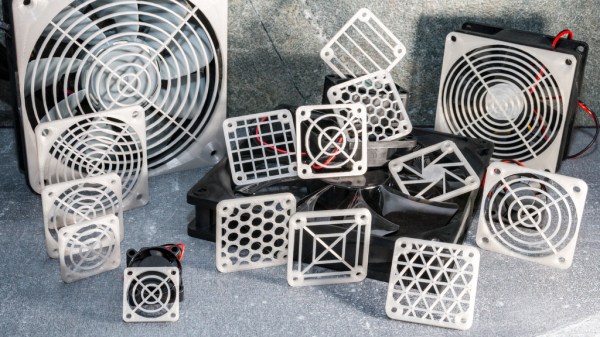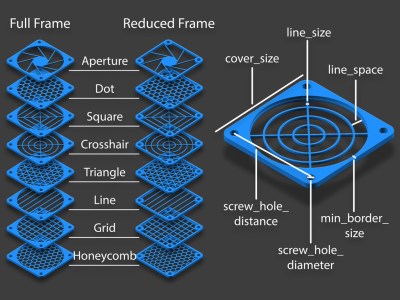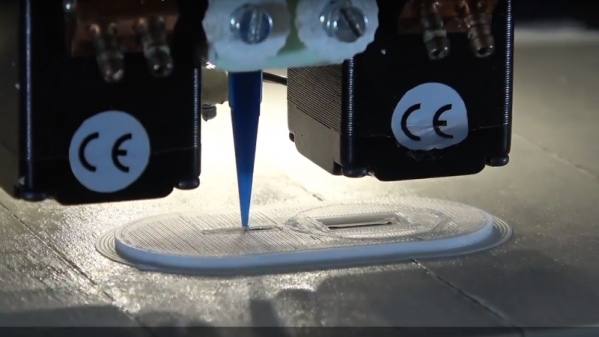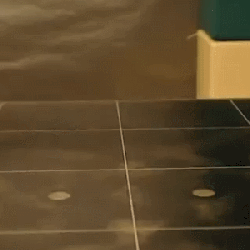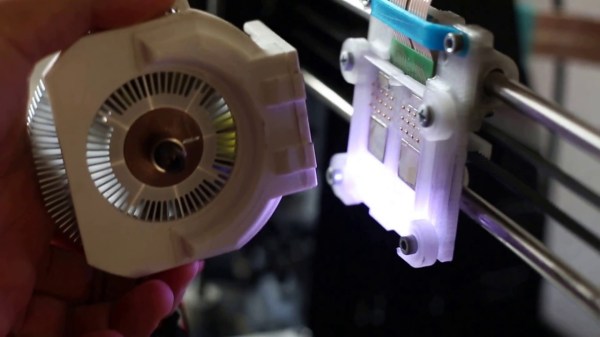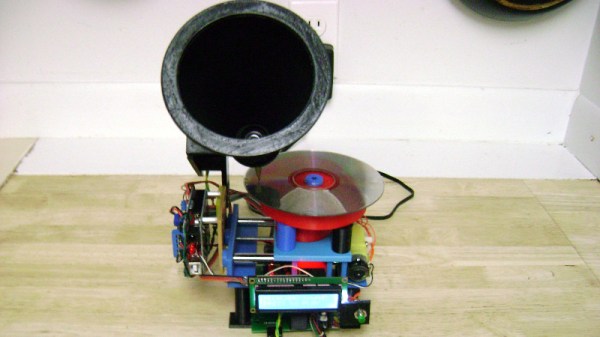Let’s face it, everybody wants to build a Stirling engine. They’re refined, and generally awesome. They’re also a rather involved fabrication project which is why you don’t see a lot of them around.
This doesn’t remove all of the complexity, but by following this example 3D printing a Sterling engine is just about half possible. This one uses 3D printing for the frame, mounting brackets, and flywheel. That wheel gets most of its mass from a set of metal nuts placed around the wheel. This simple proof-of-concept using a candle is shown off in the video after the break, where it also gets an upgrade to an integrated butane flame.
Stirling engines operate on heat, making printed plastic parts a no-go for some aspects of the build. But the non-printed parts in this design are some of the simplest we’ve seen, comprising a glass syringe, a glass cylinder, and silicone tubing to connect them both. The push-pull of the cylinder and syringe are alternating movements caused by heat of air from a candle flame, and natural cooling of the air as it moves away via the tubing.
We’d say this one falls just above mid-way on the excellence scale of these engines (and that’s great considering how approachable it is). On the elite side of things, here’s a 16-cylinder work of art. The other end of the scale may not look as beautiful, but there’s nothing that puts a bigger smile on our faces than clever builds using nothing but junk.


